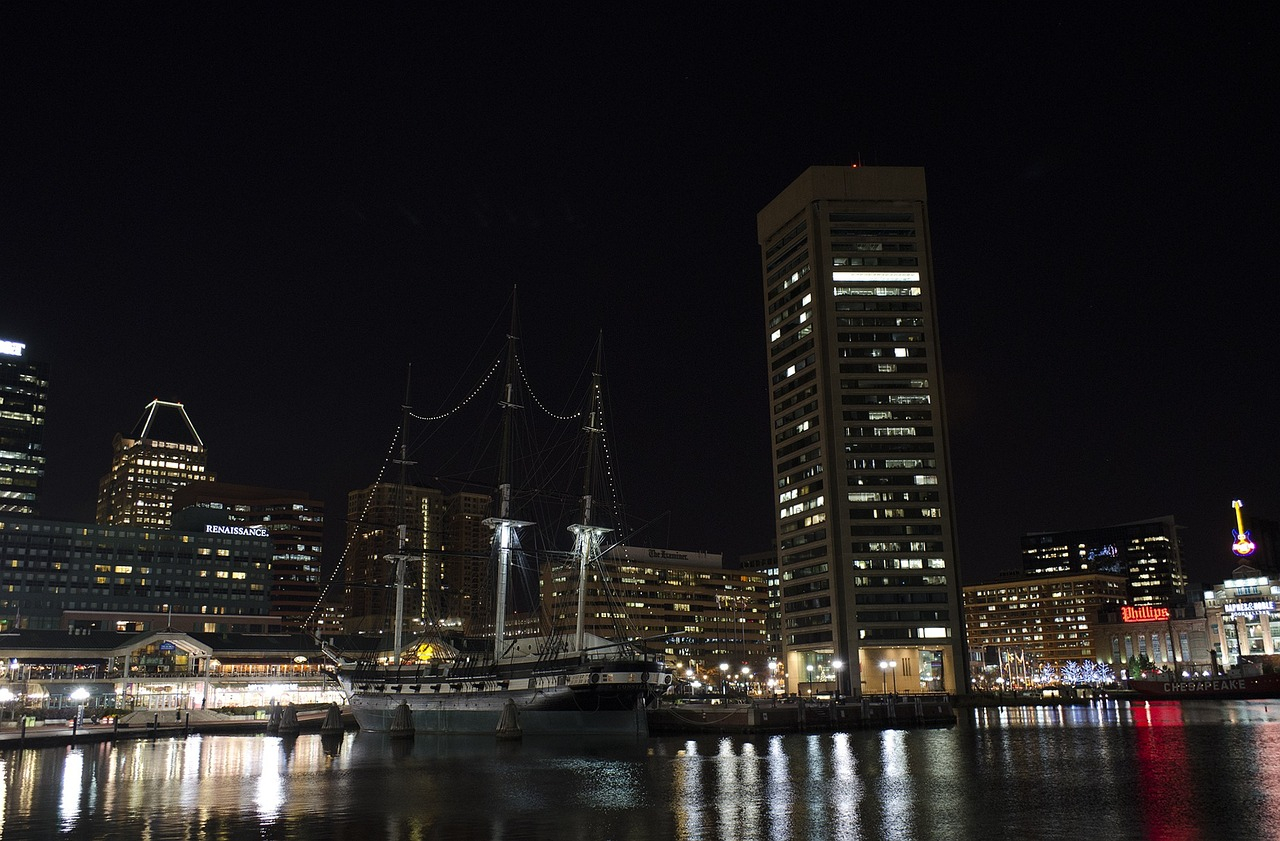The Impact and Immediate Aftermath
With lights out for a second time, chaos ensued. The MV Dali collided with the support, causing significant sections of the bridge's main truss to collapse and plunge into the river below. The entire structure crumbled in a mere 20 seconds, leaving a scene of devastation. The disaster has left the port in disarray, with multiple workers missing and a frantic rescue operation underway. President Biden has termed the incident a "terrible accident," while ship traffic on the river has been halted, and a vital roadway in Baltimore remains severed.
Understanding Steel Structures
As the wreckage is assessed and investigations commence, experts are reflecting on the vulnerability of steel structures, a material often perceived as robust. David Knight, a bridge specialist, underscores that steel, despite its strength, can fold under immense force. The Francis Scott Key Bridge, a colossal steel truss bridge, succumbed to the impact of the container ship, highlighting the potential fragility of such constructions.
The Role of Ship Power and Engineering Defenses
The immense power and momentum of the MV Dali pose significant challenges to the integrity of bridge structures. Ship collisions, while infrequent, can have catastrophic consequences, as witnessed in Baltimore. Despite engineering defenses, such as hydraulic barriers and reinforced supports, installed to mitigate potential damage, heavy strikes can overwhelm even the most fortified structures.
Investigations and Future Implications
The aftermath of the Baltimore bridge collapse prompts rigorous investigations into the circumstances leading to the tragedy. The actions and decisions made aboard the MV Dali in the moments preceding the collision will undergo thorough scrutiny. Furthermore, the incident underscores the need for enhanced safety measures and vigilance in maritime operations to prevent similar disasters in the future.
The collapse of the Francis Scott Key Bridge serves as a sobering reminder of the inherent risks associated with maritime and engineering endeavors. As rescue efforts continue and investigations progress, stakeholders must prioritize safety and resilience in infrastructure planning and maintenance to safeguard against such calamities. The lessons learned from this tragic event must inform future practices to ensure the safety of critical transport networks worldwide.
Source: Wired.com


 Starting this week, the Canada Border Services Agency (CBSA) has begun sharing selected vehicle export information with trusted partners. This
Starting this week, the Canada Border Services Agency (CBSA) has begun sharing selected vehicle export information with trusted partners. This Visual content is essential for capturing audience attention and conveying your brand message effectively.
Visual content is essential for capturing audience attention and conveying your brand message effectively.
 n the arena of digital advertising and sales, a powerful email series can be the key to nurturing leads, final
n the arena of digital advertising and sales, a powerful email series can be the key to nurturing leads, final

